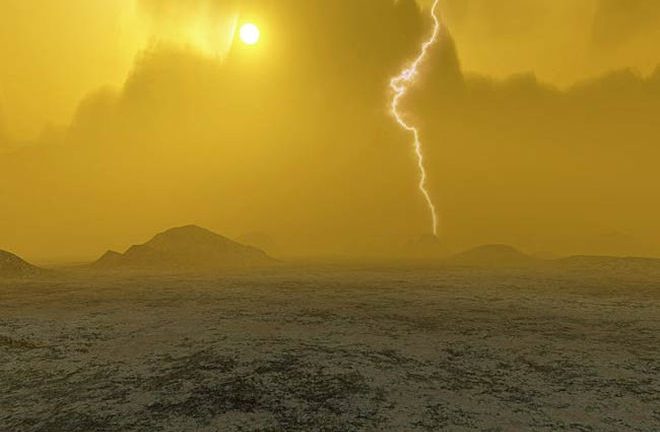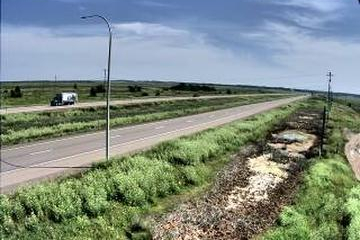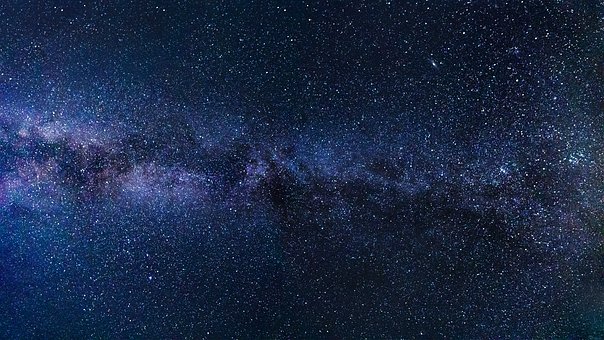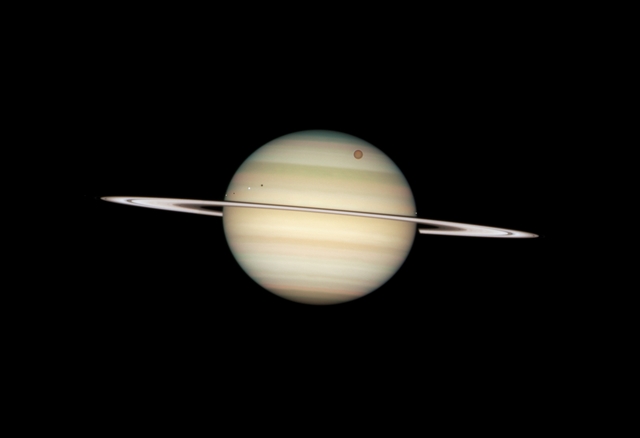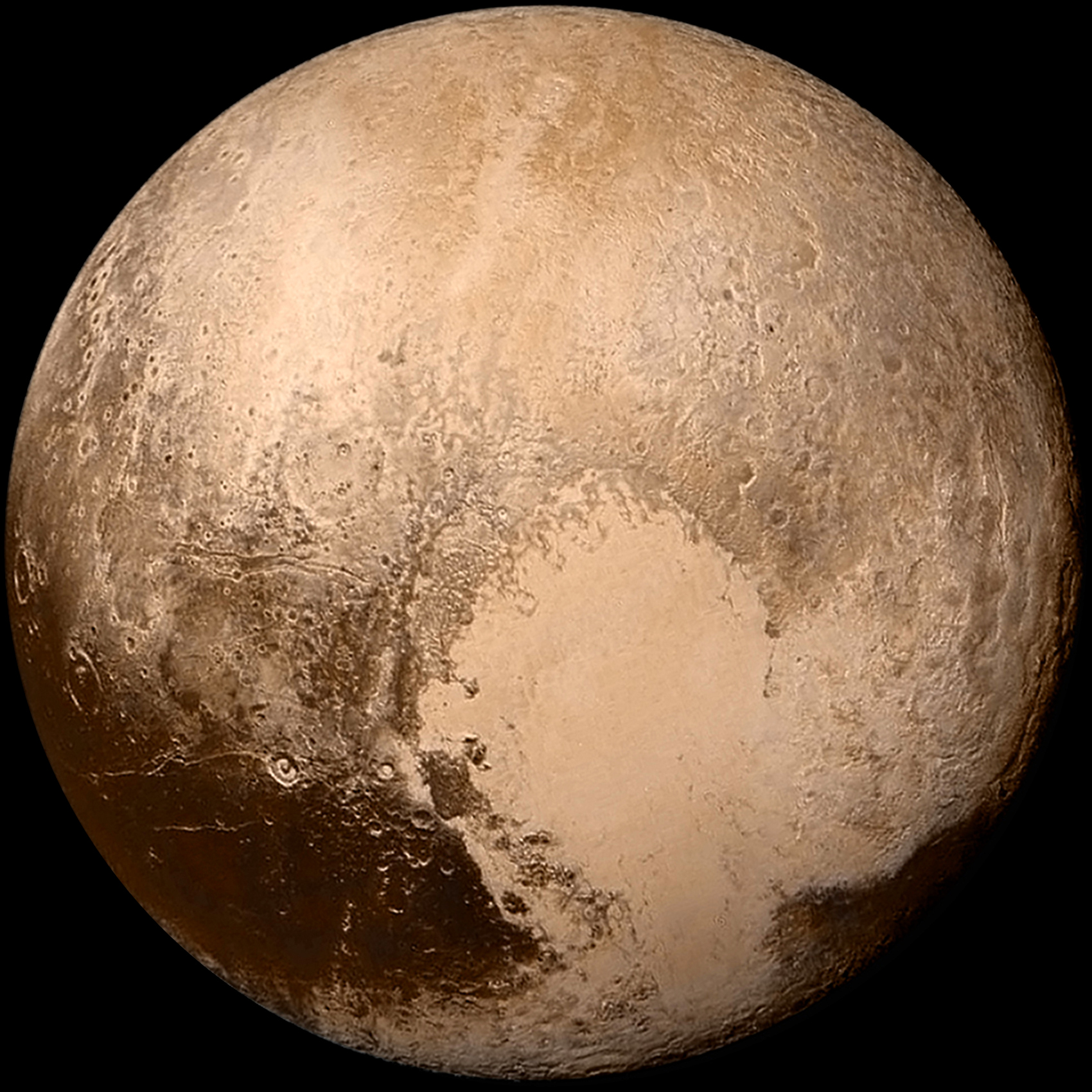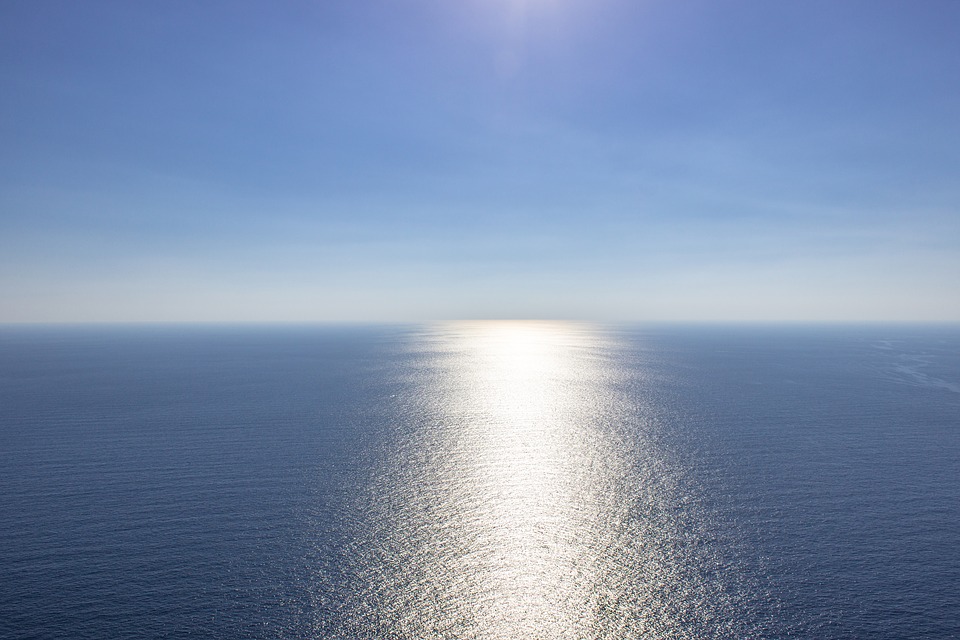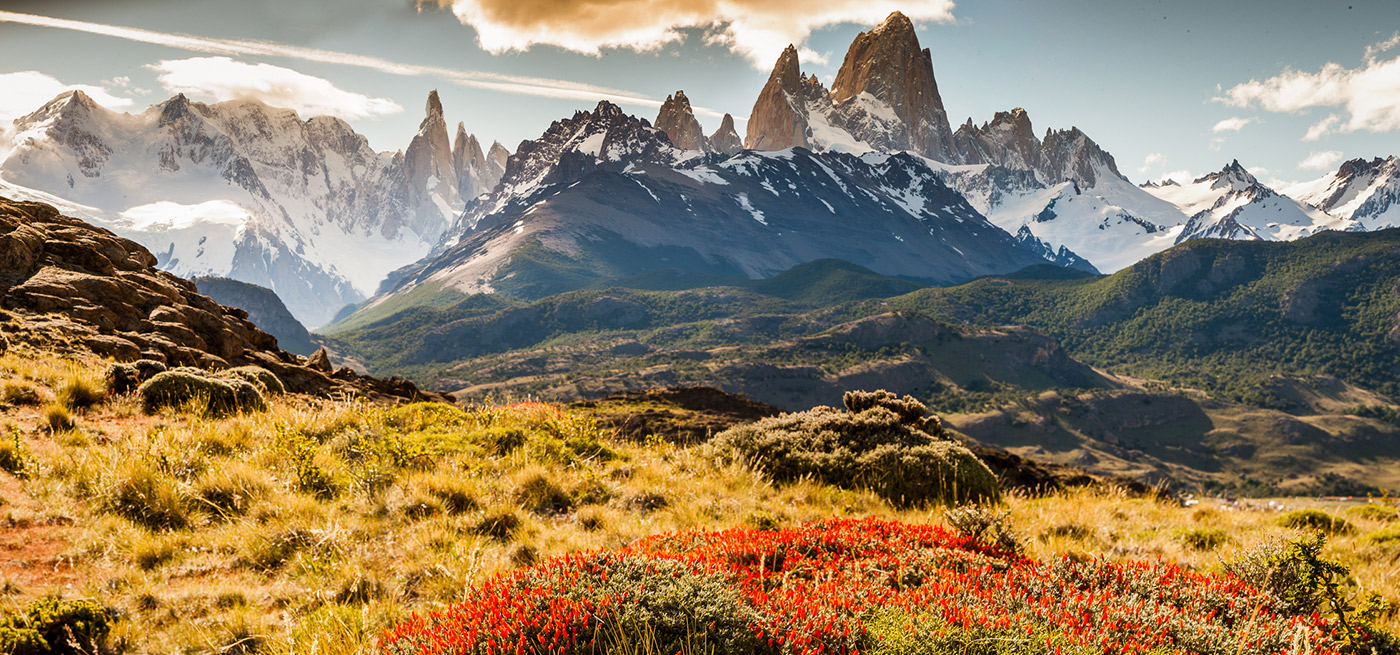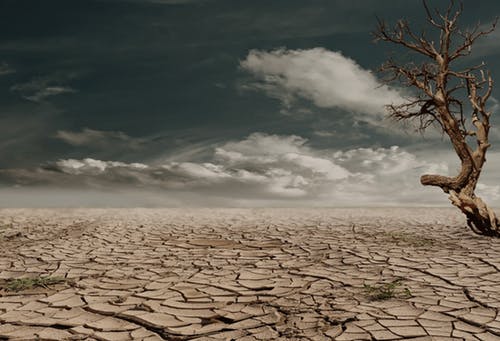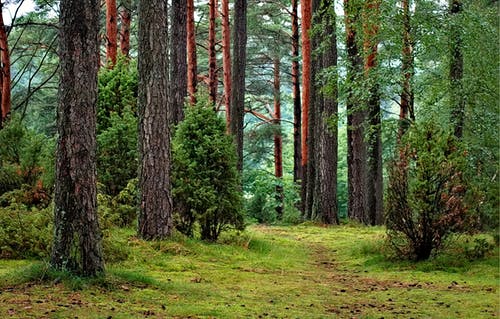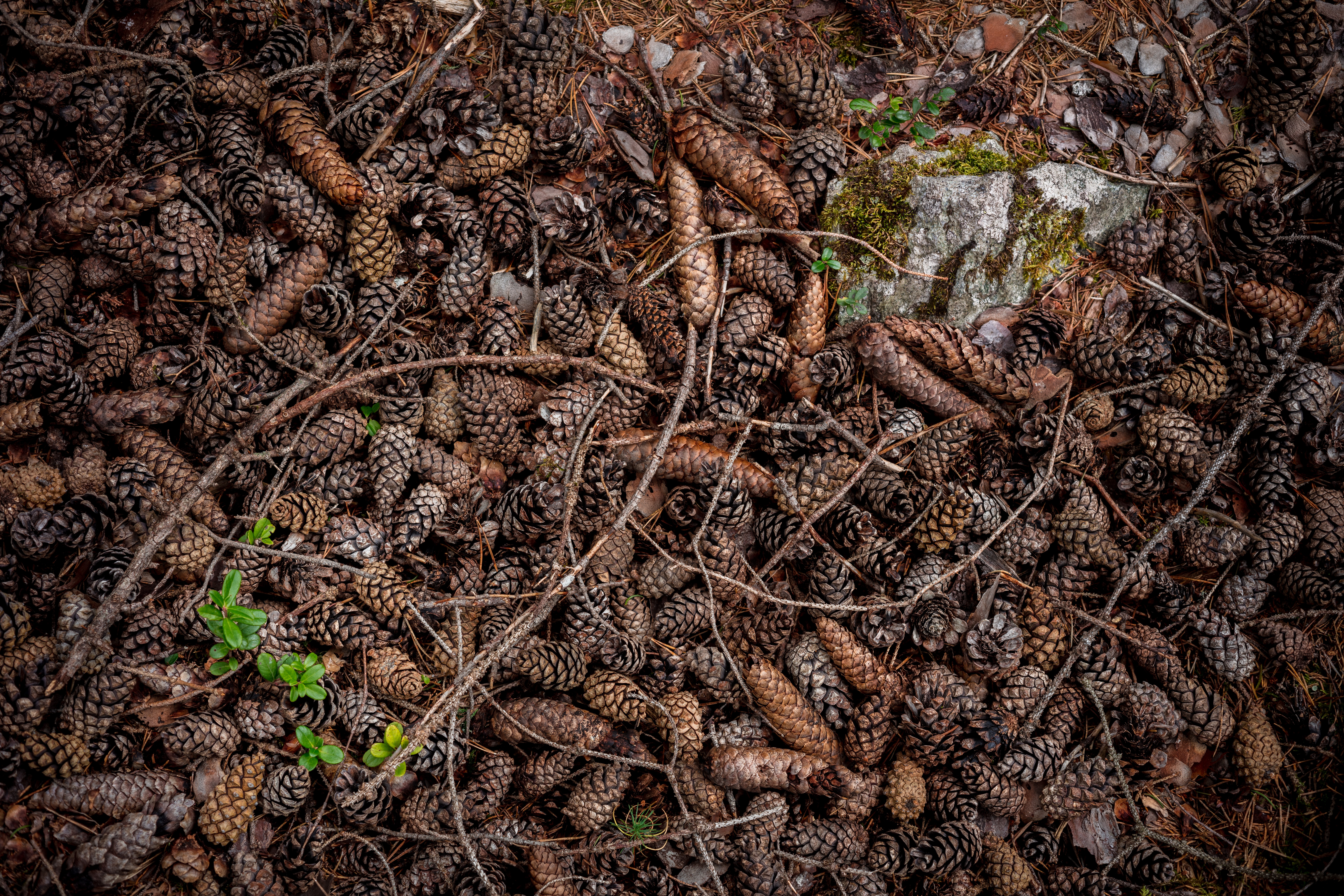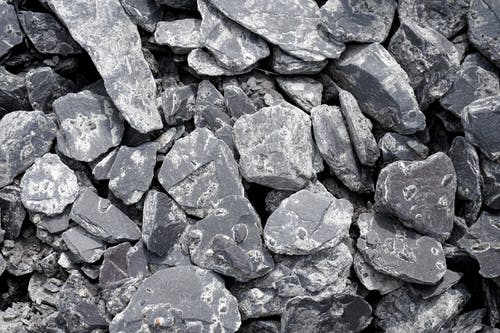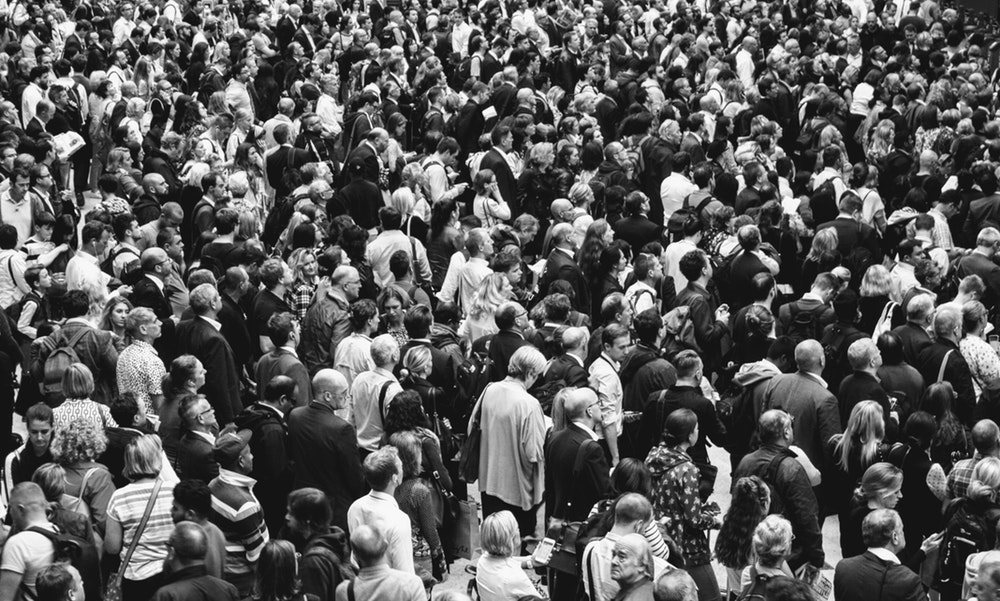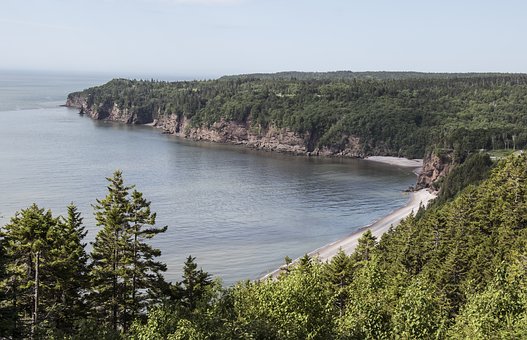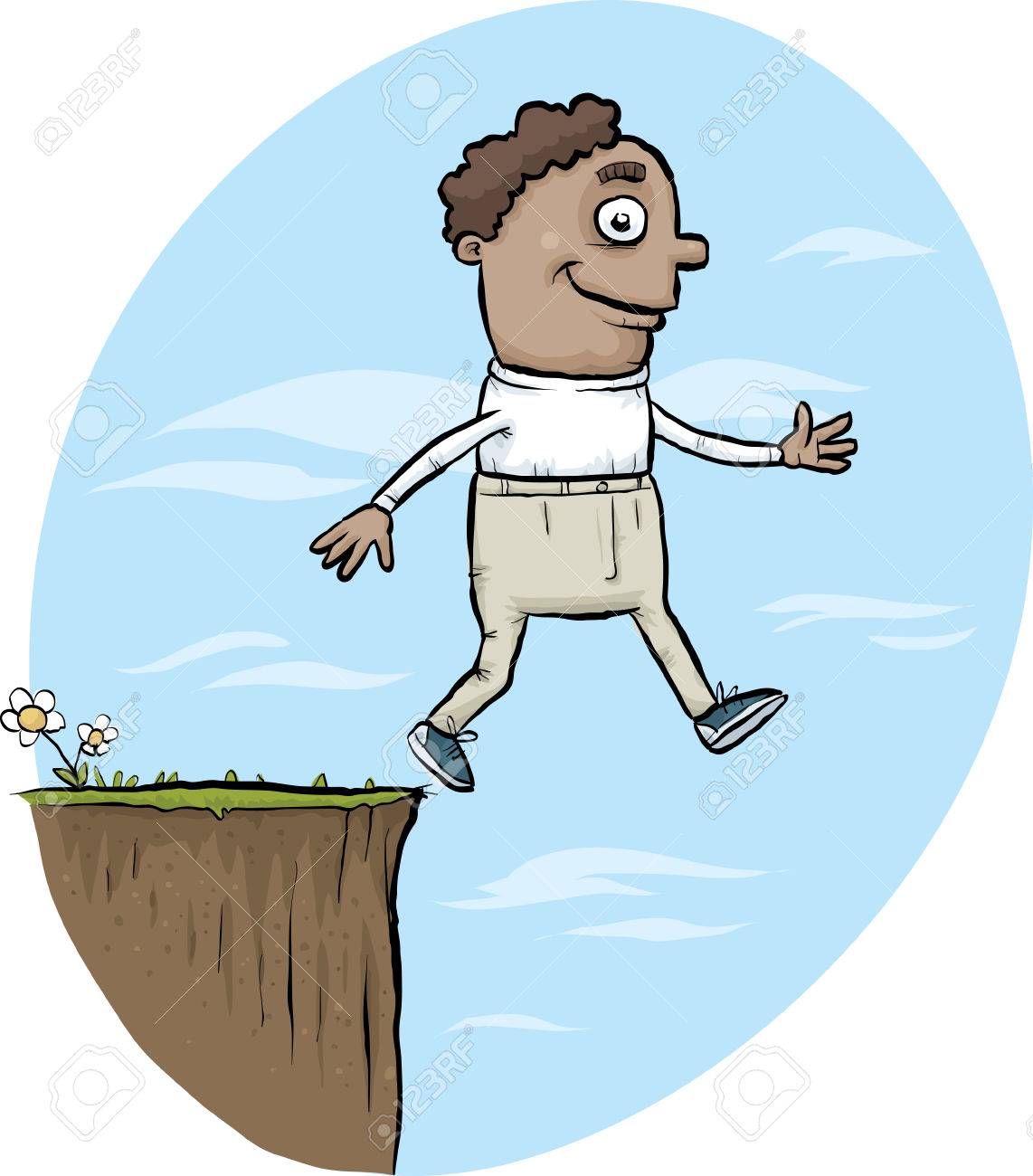When I was a young woman, I had a powerful revelation about the nature of the physical world, the one we move around in every day.
It was not a religious discovery because I am not a believer. Nor was it scientific since I was the one who had it, and science does not recognize subjectivity. It was not philosophical either, because it was about the objective world and philosophers think it is impossible to make contact with things as they really are.
So what was it if it does not fall into one of these categories? It was perceptual. I saw something amazing about where I was, something I had not noticed before, and it changed my perspective about what is going on.
Aren’t all revelations basically perceptual? Not really. They may start from an observation or a sudden flash of insight, but then they are quickly interpreted according to whatever framework you are accustomed to using. Scientific discoveries take place within the context of nuclear physics, microbiology, computer science and a whole slew of other science. Philosophical revelations are interpreted in relation to the history of philosophical thought. Religious revelations are always seen as part of a larger religious story.
With direct perception, on the other hand, there is no framework. You are out there on your own. There are no guidelines, no texts, no ideas. It is just you and the planet, and sometimes you notice things and sometimes you do not. It depends on how receptive you are.
I was trying to find the universe so I could see where I was, and all I had were drawings of the solar system, my own eyes, and the landscape around me. There was no body of thought, unless stargazing counts as a body of thought, and being only a freshman, my head was still empty of all the grand theories students were collecting in 1963: The medium is the message. Structuralism. Situationism. Postmodernism. The End of History.
I had read widely, but I was untrained as a thinker, since I still believed that reality consisted of bricks and boards. I could not have won an argument with Schopenhauer’s poodle. I had scarcely tasted the heady brew of linguistic showmanship that gives academic life its sparkle and makes being a student such a growth experience. For me, all there was, was direct perception. The universe called the shots, not a church or a university or a work contract. I wanted to find it, so I just looked for it because direct perception put me in touch with what exists.
I was naive. I thought I could see all the way to things as they are. The trouble is, I think I did see all the way to things as they are, and it scared the living daylights out of me.
It is important to keep this straight — the difference between me trying to see where I was when I was eighteen and the educated approach to thought you might be accustomed to — because it would be easy to forget it as you read what I wrote about it, and the words accumulate. That is because language creates another world, a secondary world. Wittgenstein called it “the world as idea,” and it is totally different from what we perceive with our eyes and hear with our ears.
The “world as idea” is what human life and education is all about. We like to talk to each other, and we indoctrinate young people into the ideas we think are important. Whereas what exists is where we are actually standing (or sitting) as we talk. It is the place we see when we wake up in the morning. It is the landscape we see when we look out the window. It is the surface of the earth we walk on. It is where we are.
Though we turn away from it to navigate the world as idea because the latter is infinitely absorbing and uplifting and time-consuming, and we like to talk, we must not forget where our feet are because it is very interesting and holds important information about our situation as human beings. As Edwin Dobb said several years ago, where we find ourselves and who we are as a species, are two sides of the same coin.
So my revelation was about where we are physically. To understand what I found, you must forget “ideas.” You must forget interpretation.
I cannot stop you from thinking about Heidegger or about whomever else my thoughts remind you. I myself spent several years trying to see where what I found fits into contemporary thinking — somewhere around James J. Gibson’s ecological perception, Heidegger’s Fourfold and Graham Harman’s object-oriented ontology! However, since the general direction of philosophical thought is away from perception and towards metaphysics, I doubt you will find much with which to link my discovery. We all know that religion is heavily metaphysical. It would be better for me if you forgot philosophy and religion and modern physics as you read what I say.
Hard to do, I know. Going for a walk helps. Not talking. Words distract us from being open to the world in the way we need to be if we are going to see where we are because they take us to a secondary, virtual reality. I speak from experience. So to get where I want to take you, please read my essay, “Things Are Not Us But They Are Like us” with your senses, not your books. Cast your mind back to experiences in raw nature you have had, to vistas you came across in the wild, or to scenes you have witnessed in cities, particularly at night when things are quieter. Where we are is a lot more mysterious than most of us realize. Say nothing, just look.
